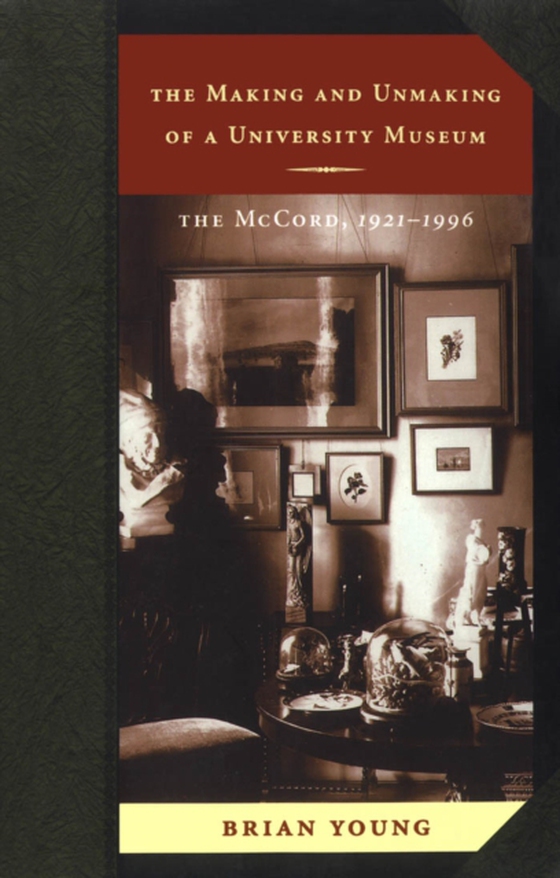
Making and Unmaking of a University Museum e-bog
619,55 DKK
(inkl. moms 774,44 DKK)
Museums and cultural institutions across North America and Europe are being transformed by budget cuts, re-evaluation of their cultural missions, evolving concepts of museology, and changing audiences, making Brian Young's trenchant history of a prestigious university museum, Montreal's McCord Museum of Canadian History, especially pertinent. In The Making and Unmaking of a University Museum Yo...
E-bog
619,55 DKK
Udgivet
18 maj 2000
Længde
208 sider
Genrer
3JJ
Sprog
English
Format
pdf
Beskyttelse
LCP
ISBN
9780773571648
Museums and cultural institutions across North America and Europe are being transformed by budget cuts, re-evaluation of their cultural missions, evolving concepts of museology, and changing audiences, making Brian Young's trenchant history of a prestigious university museum, Montreal's McCord Museum of Canadian History, especially pertinent. In The Making and Unmaking of a University Museum Young elucidates the relationship between museums and communities by examining the nineteenth-century social context of the family who bequeathed their collection to McGill University and the collection's fate in an academic institution. Tracing the museum's history from its founding by David Ross McCord, he emphasizes the centrality of elite women to the culture of the museum and its survival in the twentieth century, the museum's importance as the collective memory of Montreal's English-speaking elite, and the difficulty academic historians have had in dealing with material history. He recounts a sorry tale of mismatched institutional and intellectual cultures that culminated in the university's transfer of custodial responsibility to a corporate museum board and the collapse of the museum's central research and conservation mandates. The Making and Unmaking of a University Museum reveals the complex and often conflicting relationships between private collectors, curators, museum and university officials, volunteers, researchers, philanthropic foundations, the state, and the public. It shows how the makeup, interests, and perspectives of these groups have changed over the course of the century, leading to the current crisis in which many museums are forced to function according to a corporate culture in which the dictates of audience size, marketing, and public relations experts dominate the priorities of curators and collections, the needs of scholars and students, and the interests of communities. Young exposes the present-day conflict between cultural institutions operating ahistorically and often without any social vision and a public demanding greater help in understanding the past. It will be of interest to everyone who cares about culture, museums, and public memory.
 Dansk
Dansk

